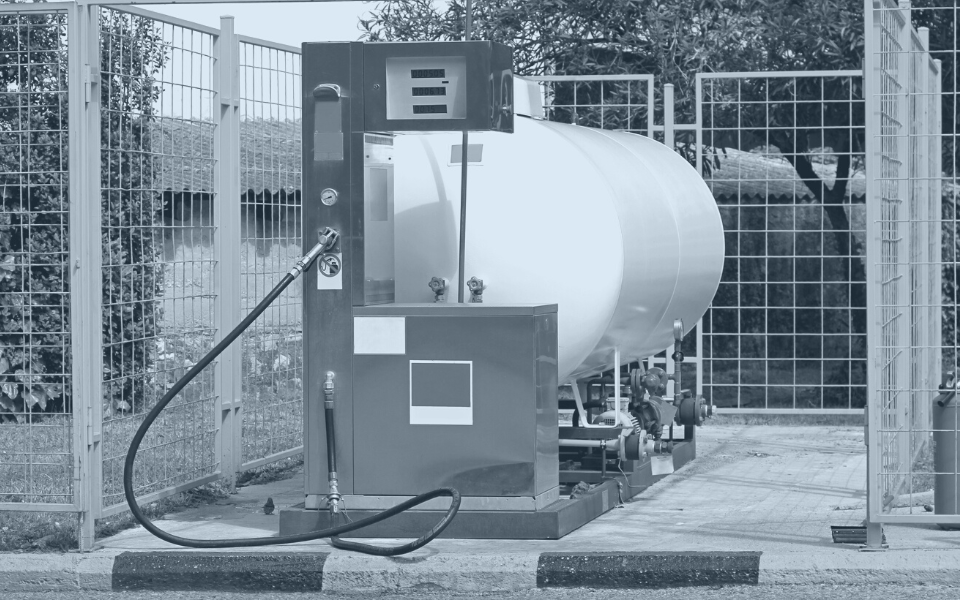
We get lots of questions about how to improve inventory health and how PartsEdge helps. Here are the most common questions and answers plus tips and tricks for further optimization.
Q: What should we do with really old, non-returnable obsolescence?
A: We suggest first trying to sell the parts on Dealermine, RevolutionParts, or a similar service where you can list these parts online to at least get some money back for the junk parts. Likely, this won’t get rid of all your bad parts, but it is worth a shot. For all remaining parts, we recommend setting up an accrual account to start writing the parts off and throwing away and/or donating them to a local auto school.
Q: What should we monitor the closest in our parts inventory?
A: We recommend monitoring forced stock (parts on your shelf that have had 2 or fewer sales in the last 12 months), technical obsolescence (parts 7 months to 12 months No Sale or No Receipt) and obsolescence (parts that are 13 MNS and 13 MNR). You want as few parts in these categories as possible and you want to minimize allowing these types of parts into your inventory.
Q: How often should we be doing bin checks/reconciliations?
A: Ideally, every month. In our experience, most do this once a year. The more often you reconcile, the easier it is to catch GL and Inventory discrepancies before they get out of hand. It’s also easier to check frequently, it can become a daunting task when done yearly.
TIP: If you have two stores of the same make, try comparing your obsolescence with parts that are actively selling at the other store and vice versa. For example, X part is obsolete at Store 1, but is active and selling at Store 2. We recommend doing this quarterly or as often as you can depending on how far apart the stores are.
Q: How much obsolescence is acceptable in my inventory?
None. Parts age and some obsolescence is unavoidable. But having a goal of zero obsolescence and an aggressive plan to meet it always produces the best results.
Q: My parts department has a great handle on inventory, why would I need PartsEdge?
A: You know firsthand how much work it takes to maintain a great inventory. How much more effective could your operation be with someone else doing the grunt work for you?
Q: This sounds like my Factory ASR Program, why would I use PartsEdge?
A: PartsEdge is designed to yield the best results for you while factory programs which are usually designed to build the best results for the factory. These programs guarantee what they are suggesting to stock and, though most of it does sell, we have found that these programs tend to over-stock dealerships. Even if you can return it, why not minimize overstocking the part in the first place? PartsEdge works closely with your DMS so you can stock parts for the true demand of your market. Our service and technology is customized to your specific operational needs.
Q: Can PartsEdge help save time with Stock Orders?
A: With our setups, your DMS will create a highly accurate stock order that you can actually trust and submit directly to your manufacturer with little-to-no work on your part.
Q: Does PartsEdge save me time on my Returns?
A: Yes! We have an in-depth understanding of every manufacturer’s return policies and can generate optimum return lists for you in minutes.
Q: Can PartsEdge create Customized Reporting on my Parts Inventory?
A: Absolutely! We take pride in providing quick and informative inventory reports.
Q: Do I have to make a long-term commitment?
A: No. Our standard contract is month-to-month.
Q: How long does it take to get setup with PartsEdge?
A: 2-4 weeks.
PartsEdge saves Parts Managers hundreds of hours each year by taking all the guesswork out of DMS management, sourcing setup and optimization allowing them to focus on creating a successful operation. Our expert team is available on-demand to guide your operation to record success. As a result, our clients see an average 20% drop in total inventory, 15%+ less idle inventory, a 50% increase in ROI, and a 20% increase in parts sales. If you’re ready to put our parts power tool to work, send us a message! Our testimonials speak for themselves.



